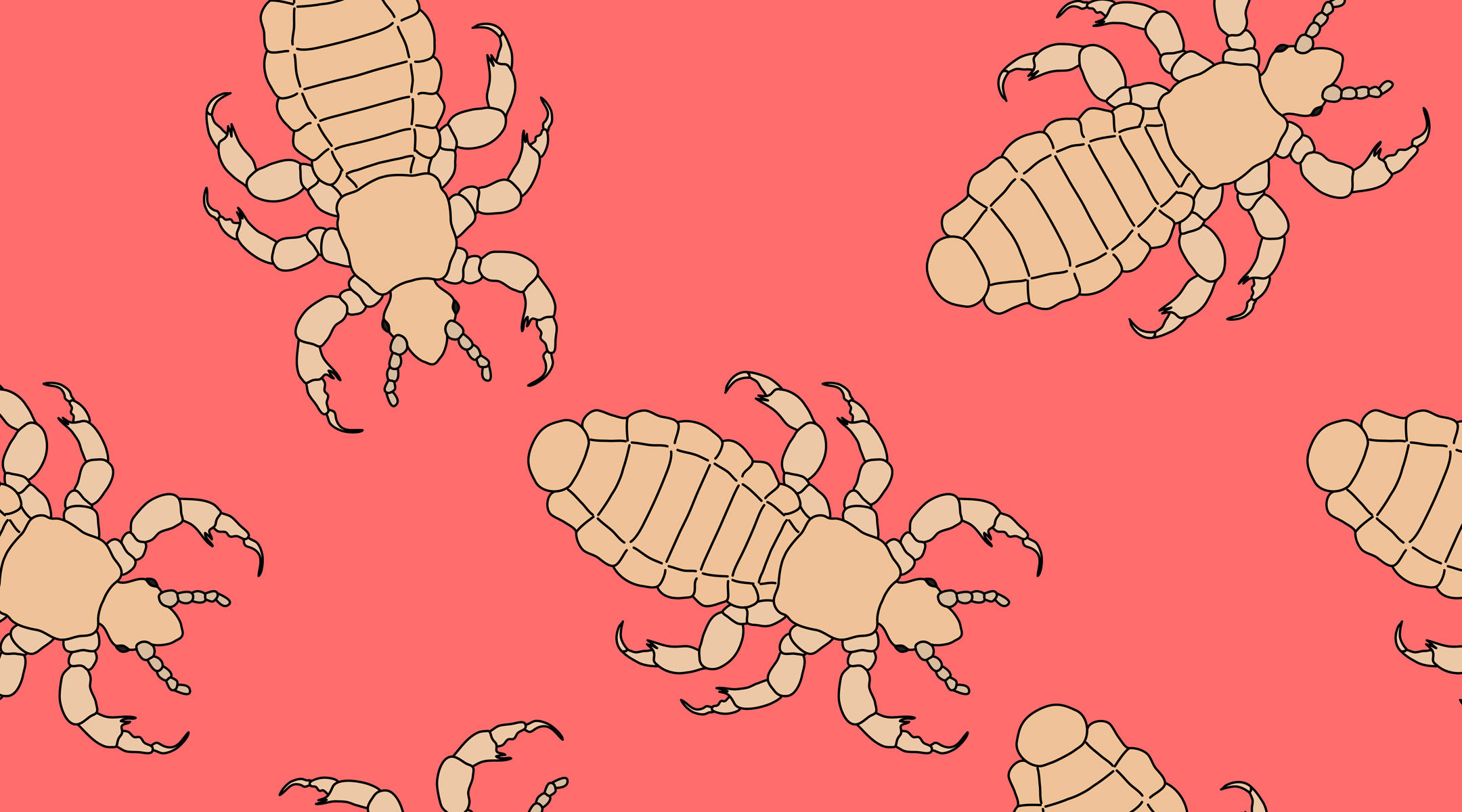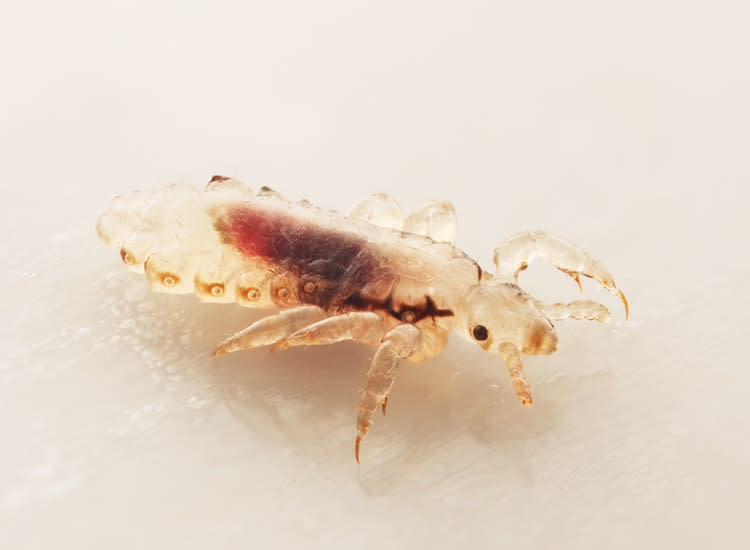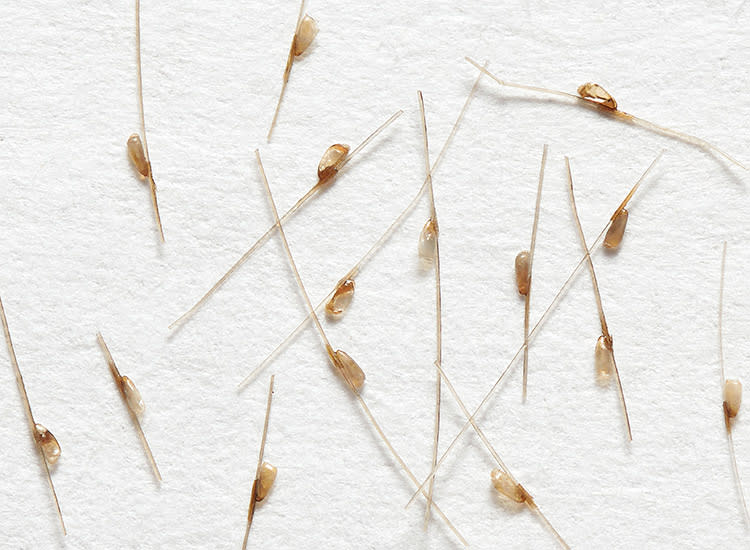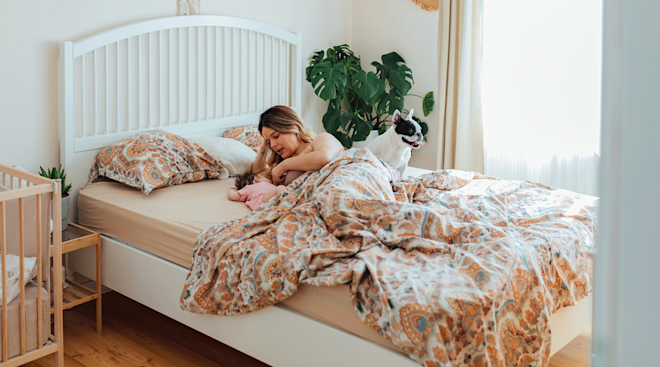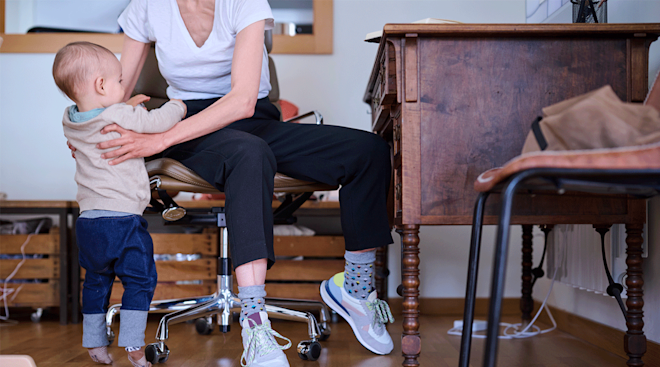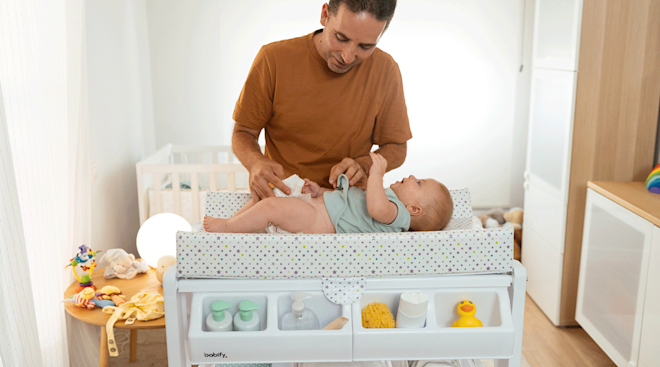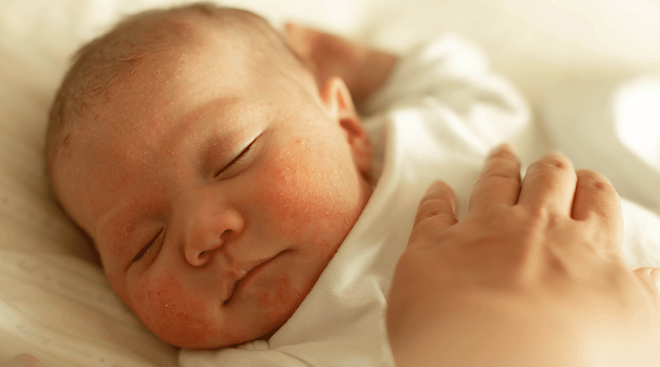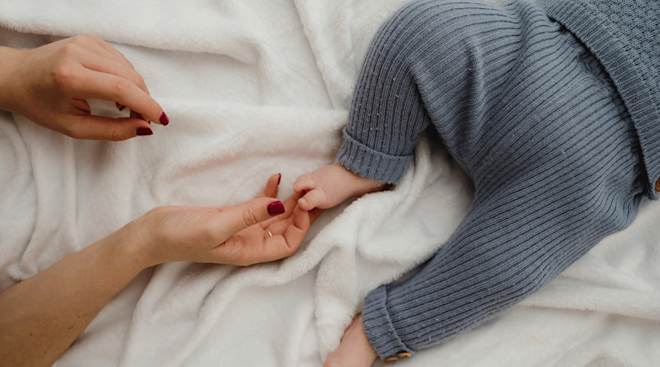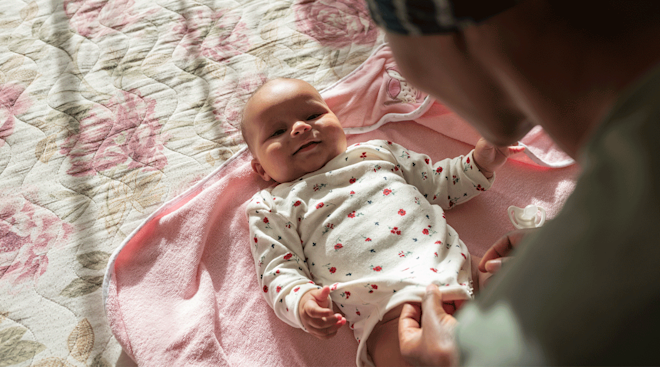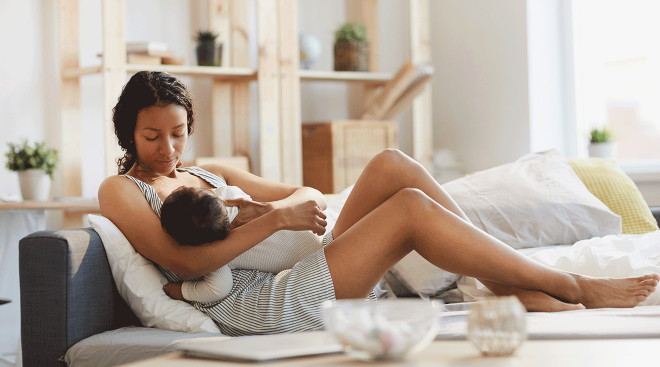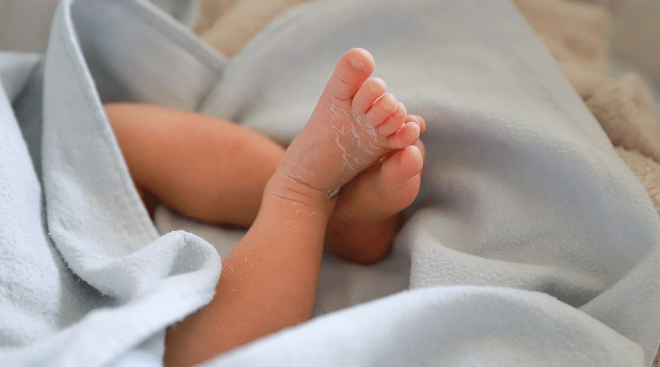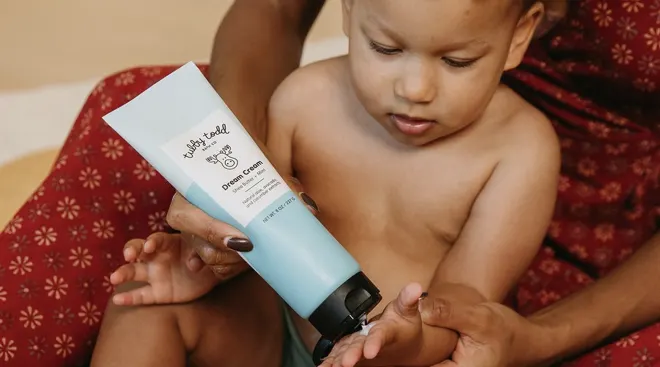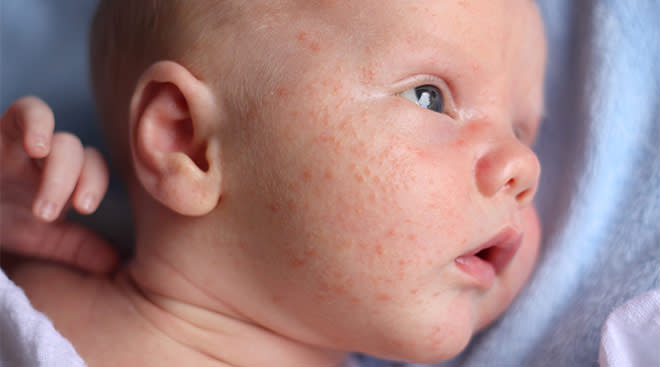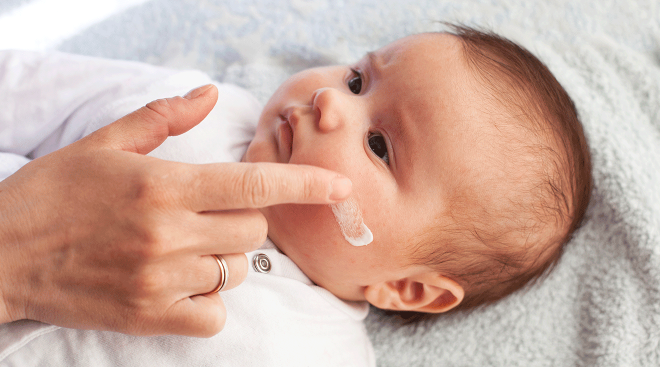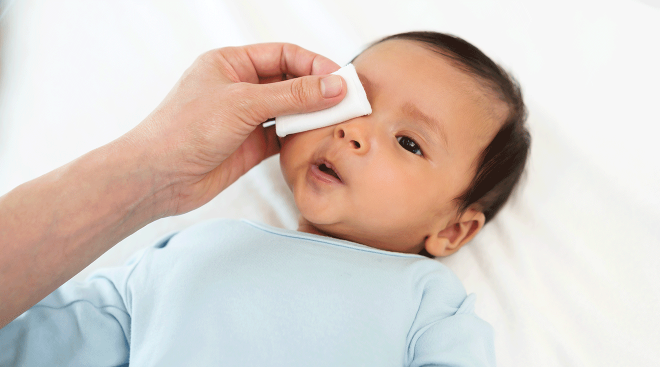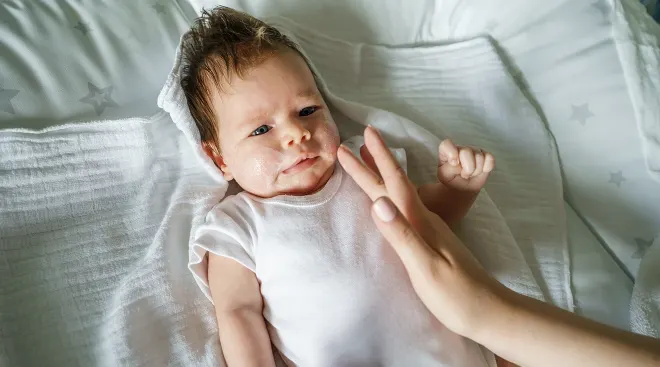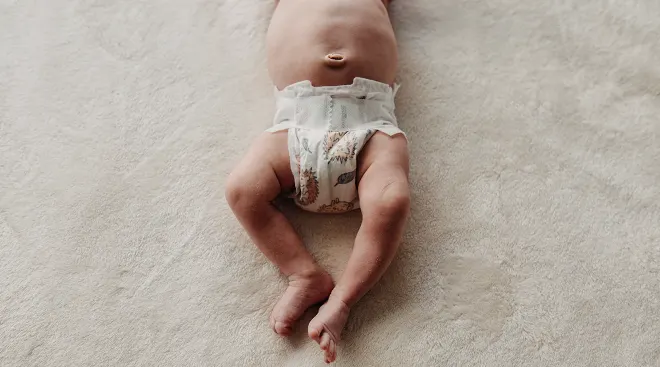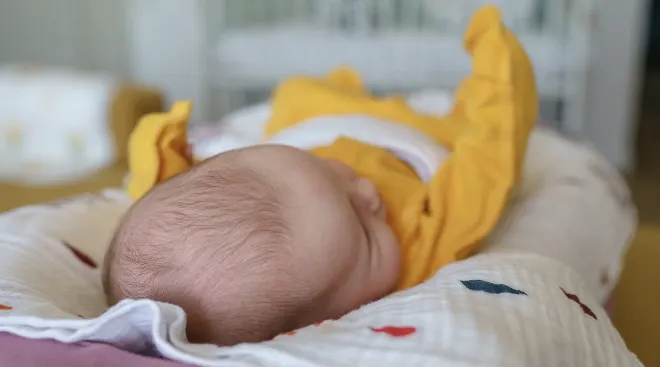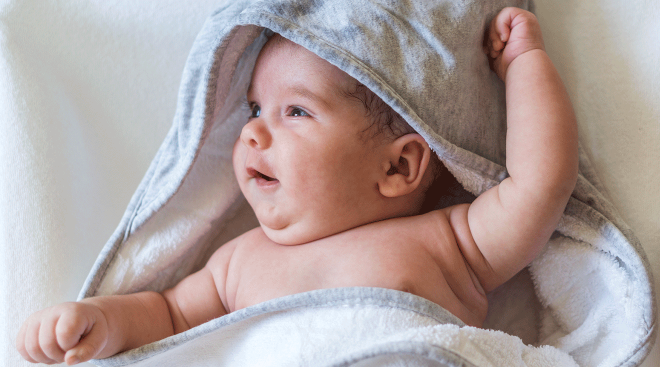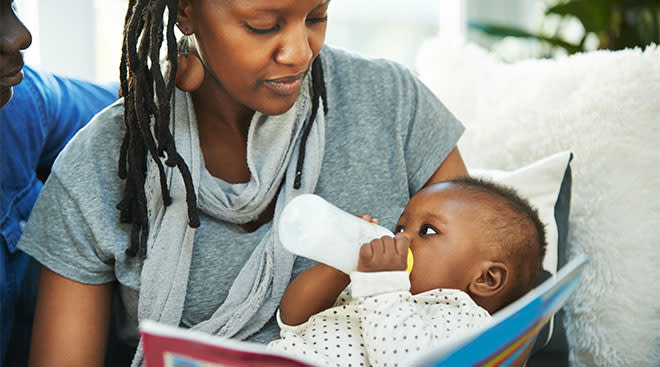Head Lice 101
What could possibly be worse than a notice from your child’s principal about naughty behavior or less-than-stellar grades? A letter informing you that your child has lice, of course. Unfortunately, it’s quite a common problem. According to the Centers for Disease Control and Prevention (CDC), head lice are especially prevalent in day cares, preschools and elementary schools: An estimated 6 to 12 million infestations occur every year in the US among children ages 3 to 11. Your best bet for banishing those icky bugs from your life? Read on.
Lice are bugs about the size of a sesame seed. Six little legs help them crawl along the scalp and attach to hair strands, where they feed off blood from the scalp and lay eggs called nits. “When lice hatch, they’re clear and then develop a reddish-brown color when they feed,” says Ruben Espinoza, MD, a pediatrician at Banner Medical Group in Mesa, Arizona.
Lice need blood and the hair shaft to survive. “While lice can live in hair for about a month, they can’t survive for more than 24 hours on any non-hair surface,” says Lauren Kupersmith, MD, a pediatrician at Hassenfeld Children’s Hospital at NYU Langone in New York City.
Head lice don’t feed on crumbs or dirt or hair oils—they feed on blood. So if you’re human and have a head of hair that nits can attach to, then you’re susceptible, even if you have sparkling-clean personal hygiene habits. “Head lice have been with humans since the beginning of humanity,” Espinoza says. (The ancient Egyptians and Greeks were tormented by them too.) Since lice crawl rather than fly or jump, there has to be head-to-head contact in order for lice to spread, Kupersmith says. Children are the most vulnerable because they usually come in close contact with one another, making it easy for head lice to spread.
While it’s less common, lice can also be spread through shared hats, helmets, hair accessories, brushes and other items worn on the head. They can also be spread if you lie on a headrest or pillow that had come into contact with an infected person.
You’re not likely to catch head lice in a pool, but chlorine doesn’t kill lice, and they can survive for a few hours underwater by glomming onto hair. So if your child dries his body and hair with a towel borrowed from a pal with lice, he might end up with lice as well.
Lice are tricky in the way they hide in the hair and lay eggs, but there are some telltale lice symptoms that let you know they’re around:
• Itchy scalp. This is the biggest lice giveaway. Sometimes the itching is so bad, it wakes kids up in the middle of the night, Kupersmith says.
• Scratch marks on the nape of the neck. This is where lice tend to hang out.
• Nits along the hair strand. You can tell it’s not dandruff because dandruff will flake off, but nits stick to the hair.
If your child shows any of these lice symptoms, call your pediatrician. She may instruct you to check for lice or ask that you bring your child in so she can assess the situation.
While lice don’t pose a serious health threat, you don’t want them hanging around your child, either. So treat them as soon as you realize a problem. All lice treatments are topical, and unfortunately, none are quick fixes—you need to be patient for them to work. “It can take one to three months to be fully rid of lice,” Kupersmith says—especially if other family members in the house get them. Follow these tips on how to get rid of lice if you have an infestation:
• Start with over-the-counter rinses and creams. They’re your first line of defense. Permethrin cream rinses and shampoos (sold under the brand name Nix) are the most common, Kupersmith says. Follow the directions on the box and then work through the hair thoroughly with a lice comb to get rid of the dead pests. “Comb from the scalp to the ends of the hair, and be sure to comb hair in all directions,” she adds. Lice combs can be found in any drugstore. Permethrin products kill lice but not their eggs, so one treatment may not be enough. If there were nits in the hair the first time around, you’ll want to do a second treatment in seven days, Espinoza says. Always let your pediatrician know if you plan on using any over-the-counter (OTC) product on your child for the first time.
• Move on to prescription shampoos and creams, if OTC products don’t work. Some head lice are resistant to OTC products and require extra-strength treatment, Espinoza says. In this case, you’ll need to schedule a visit at the pediatrician’s office to obtain a prescription.
• Inspect everyone. If one child in your family gets lice, be sure to check everyone else, including yourself, and treat accordingly.
• Clean your home. Lice die in 24 to 48 hours when they’re off the scalp and can’t feed on blood. Nits can’t survive for more than a week without the warm, snuggly conditions provided by human scalp and hair. But why wait and risk lice crawling onto your head? If someone in your household has lice, the CDC suggests the following:
- Wash the linens and clothes that had been used by the infested person within 48 hours before receiving lice treatment. Set the machine on the hot-water cycle (greater than 130 degrees F).
- Vacuum the furniture, carpet and car seats.
- Place stuffed animals in the dryer for 30 minutes or seal them in a plastic bag for two weeks.
- Don’t use insecticide sprays; they can be toxic when you breathe them in.
- Let your pets be—they’re immune to head lice.
Home remedies for lice
If the thought of using chemicals on your child’s head as a lice treatment makes you uncomfortable, you may be tempted to turn to natural home remedies. The American Academy of Pediatrics discourages parents from using home remedies for lice, like petroleum jelly, mayonnaise and herbal oils, because there’s no scientific proof that they work. “We typically recommend over-the-counter medicines as the first line of treatment,” Espinoza says.
If you still don’t want to use the OTC lice treatments despite recommendations, you can comb out lice and nits with a lice comb—but be sure to stay on top of it. Kupersmith advises you’ll want to comb every day for about a month. Rinse the comb after use to send those lice down the drain.
The best way to treat lice is to avoid them in the first place. Here are a few easy lice prevention strategies:
• Keep up with school and day care notices. Being vigilant is key, Espinoza says. If you know there are children in your school who have lice, check your own child as soon as possible. Early detection will help prevent a full-blown infestation.
• Don’t share hats, helmets, headphones, hair accessories or towels. While these aren’t the most common ways to spread lice, why risk it? In this case, not sharing is caring.
• Try tea tree oil shampoo. Not all experts agree on the efficacy of lice-prevention products, but it may not hurt to try them if your child’s school is prone to infestations and if he isn’t sensitive to them (do a spot test first). Tea tree oil seems to be the most promising of the essential oil ingredients. In a 2012 Parasitology Research journal paper, a 1 percent solution of tea tree oil actually managed to kill off lice in vitro within 30 minutes. Look for kid-friendly tea tree-oil shampoos.
Updated October 2017
Please note: The Bump and the materials and information it contains are not intended to, and do not constitute, medical or other health advice or diagnosis and should not be used as such. You should always consult with a qualified physician or health professional about your specific circumstances.
Navigate forward to interact with the calendar and select a date. Press the question mark key to get the keyboard shortcuts for changing dates.
































